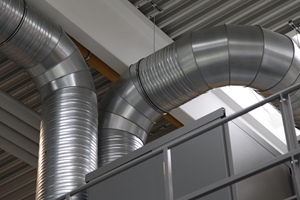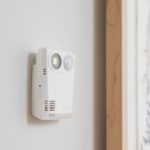There is no magic bullet for solving problems with indoor air quality. As an atmospheric condition, it is subject to a massive amount of influence, with variables from temperature, humidity and air pressure just some of the defining factors.
On top of measuring these values, businesses also need to take into account the size of their building and the purpose it serves. Depending on the nature of the structure, HVAC systems will have different requirements to ensure they are operating at optimum levels.
Companies should be monitoring their indoor air quality regularly to ensure the safety of their staff, customers and equipment.
What kind of structures provide a challenge?
A case study produced by Climate Control News outlined the difficulty of managing air quality in large indoor spaces, where HVAC systems are often tested due to the increased space, different air pressures and increased human presence.
The organisation focused on the way a cinema has to monitor a range of variables to ensure that its expensive equipment can operate and its hundreds of customers are kept comfortable.
One of the biggest challenges buildings like this face – which is also reflected in concert halls and events centres – is the rapidly changing concentration of people. Depending on whether or not the facility is busy, it can go from full to a ghost town in minutes, meaning indoor air systems have to be adaptable.
The risk here is letting the air become stale, which allows pollutants to form and grow, significantly reducing the quality of the air. Climate Control News advocates systems that flush outdoor air through these structures, ensuring there is a regular air flow – the best way to remove stale air.
According to the Department of the Environment, poor indoor air quality can cause skin irritations or neurotoxic symptoms in the most extreme cases. At the lower end of the scale, air quality issues result in foul odours or tastes. Although these are less serious, they still create an uninviting atmosphere for people who are inside the affected building.
How can these challenges be overcome?
The first step to managing air quality issues is to be aware of them in the first place. It’s important to conduct regular maintenance checks with capable instruments, and any customer or staff complaints about an uncomfortable atmosphere should be taken seriously.
In the event of a problem with air quality, instruments like the Testo 435-1 IAQ Kit can measure temperature, humidity and pressure to quickly diagnose any issues.









 Reduce cooking oil costs while ensuring quality
Reduce cooking oil costs while ensuring quality Expert knowledge on CO2 monitoring
Expert knowledge on CO2 monitoring Refrigeration knowledge - in 3 modules
Refrigeration knowledge - in 3 modules



